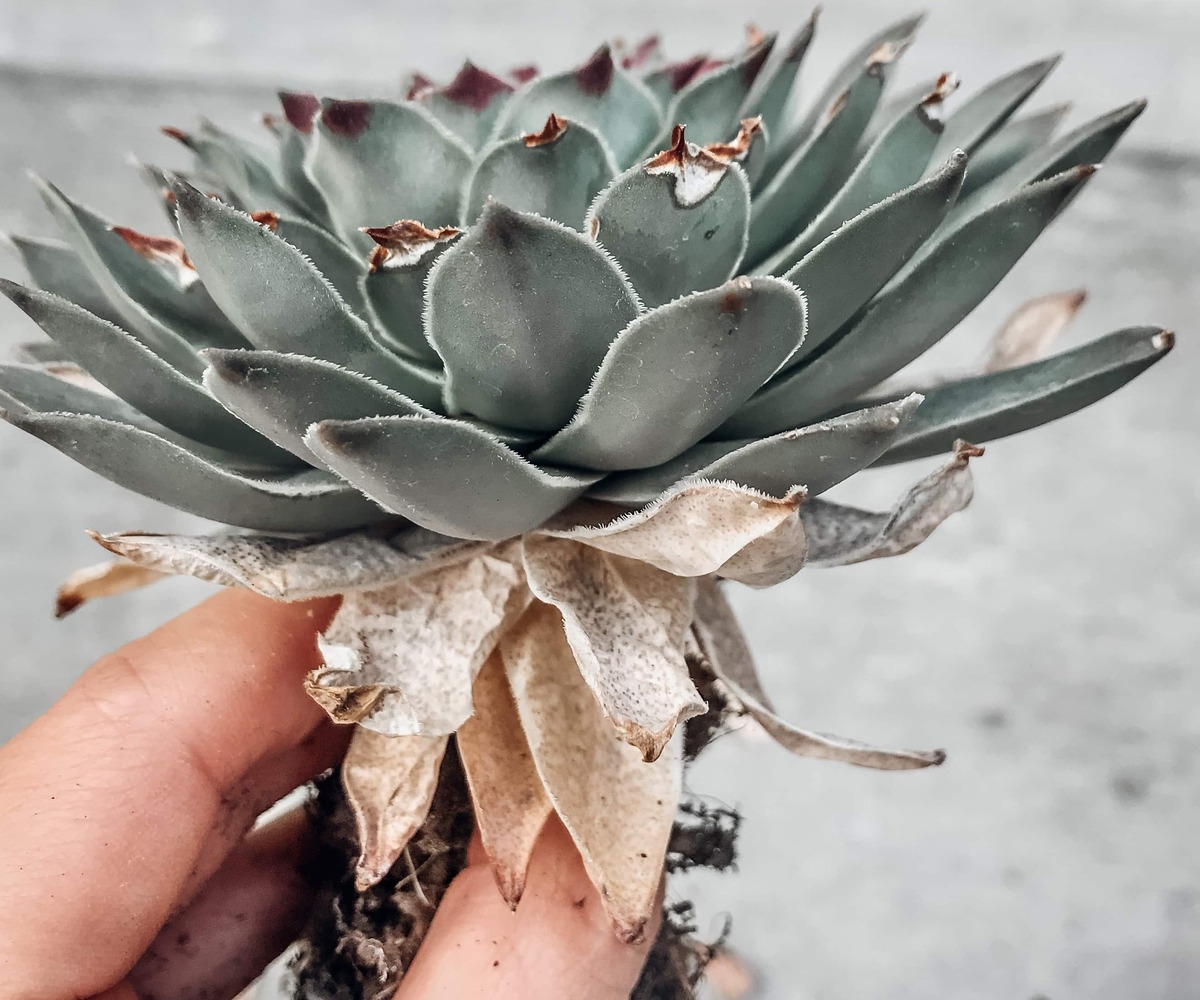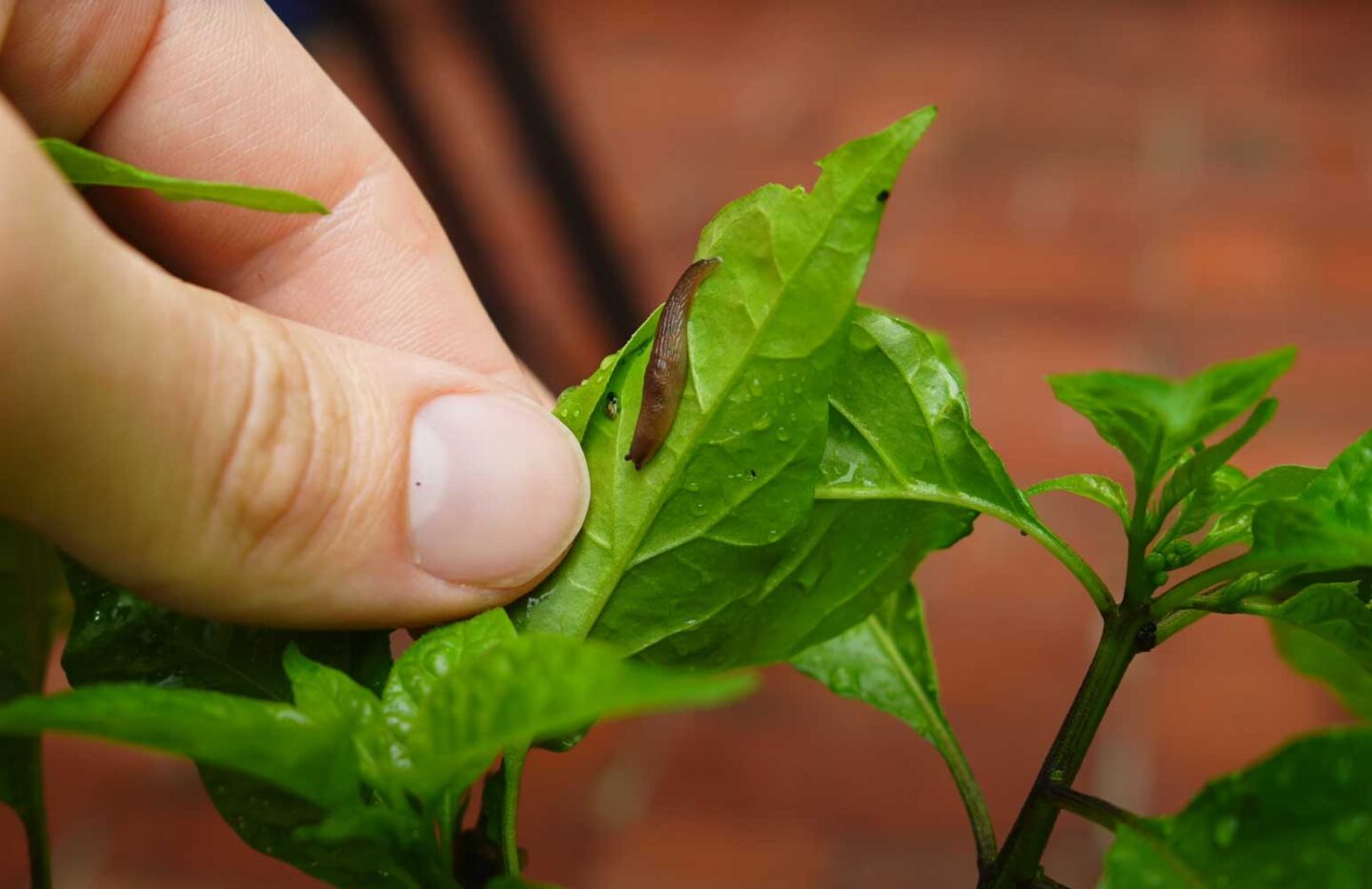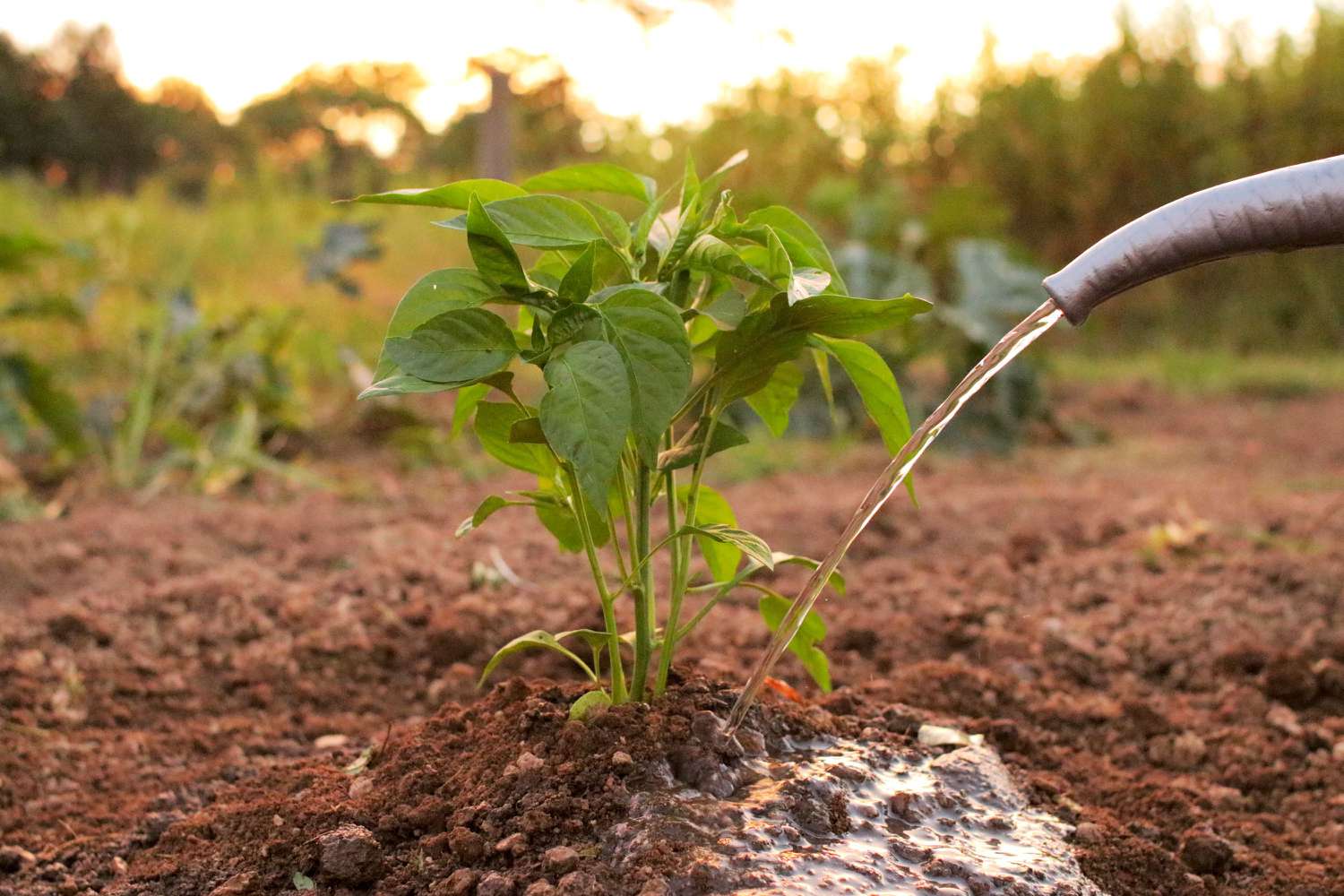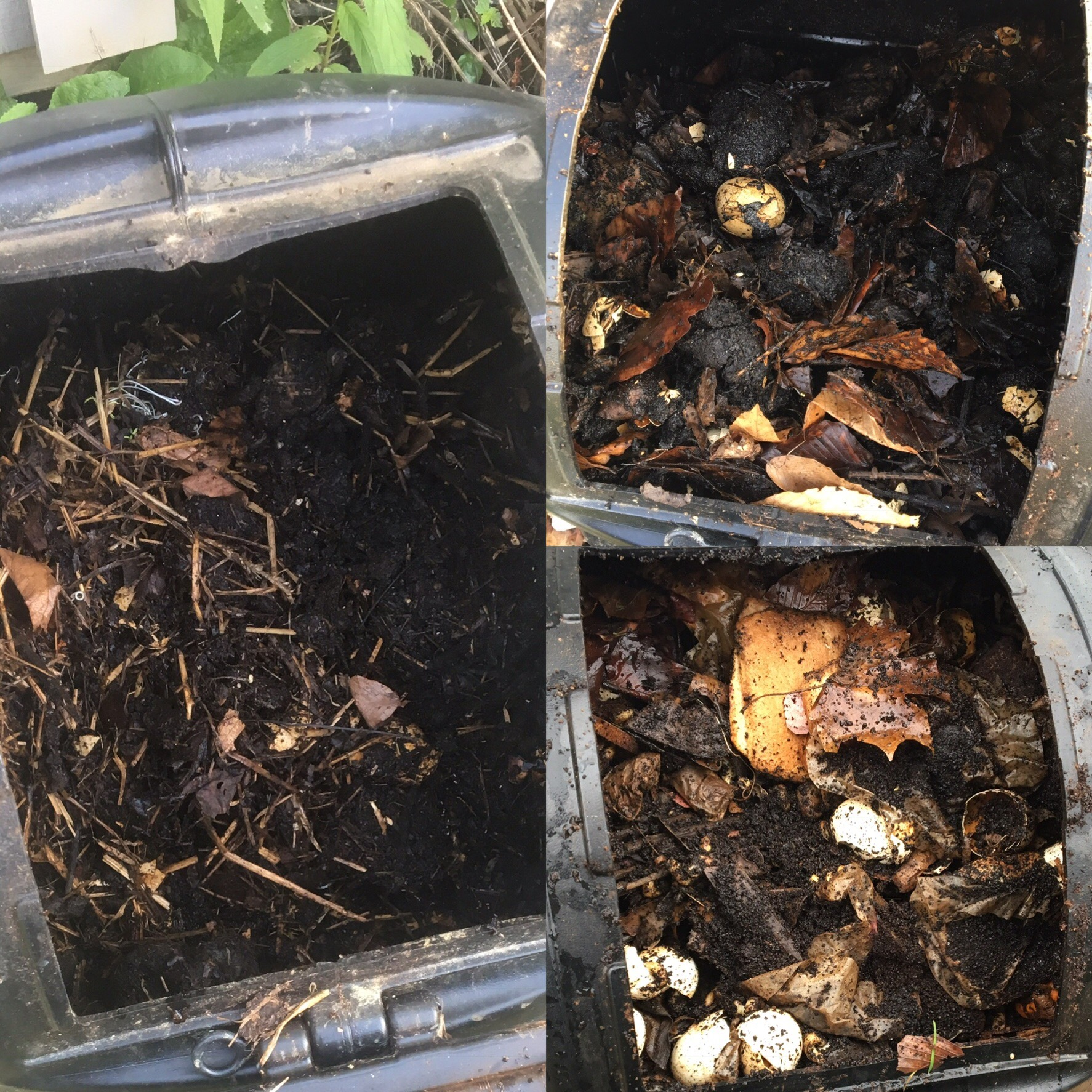Home>Gardening Techniques>Plant Care>Why My Seedlings Are Not Growing
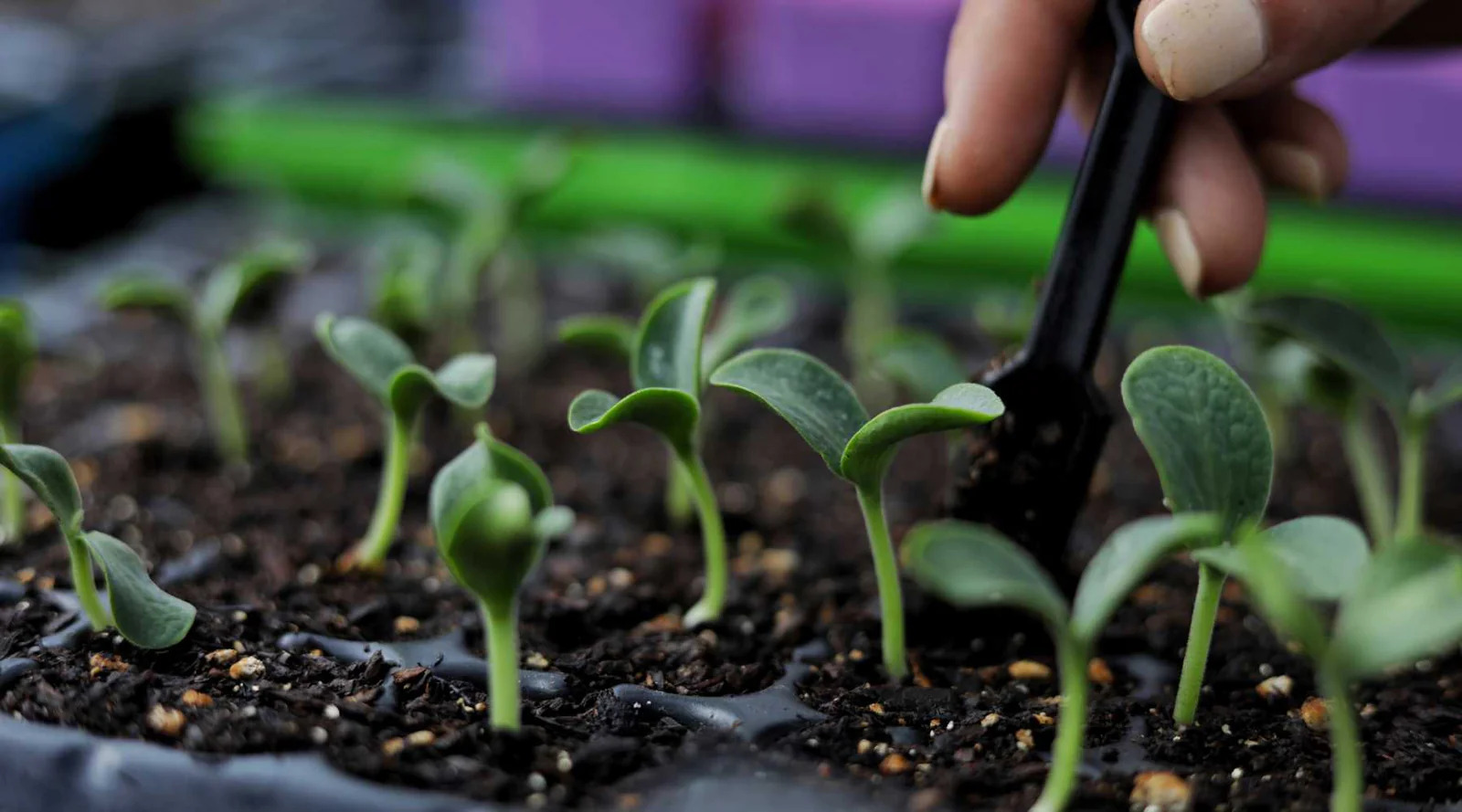

Plant Care
Why My Seedlings Are Not Growing
Modified: February 10, 2024
Discover expert tips for plant care to troubleshoot why your seedlings are not growing. Learn how to provide the right conditions for healthy plant growth.
(Many of the links in this article redirect to a specific reviewed product. Your purchase of these products through affiliate links helps to generate commission for Chicagolandgardening.com, at no extra cost. Learn more)
Table of Contents
Introduction
Are you eagerly nurturing your new plant babies, only to find that they're not thriving as expected? It can be disheartening to see your seedlings struggle to grow, especially when you've put in so much effort to provide them with the best care. However, before you give in to frustration, it's essential to understand the various factors that could be hindering their growth.
In this comprehensive guide, we'll explore the common issues that may be impeding the growth of your seedlings. From soil conditions and watering practices to light exposure and pest infestations, we'll delve into the potential culprits that could be stunting the development of your young plants. By identifying these obstacles and implementing the necessary solutions, you can set your seedlings on the path to robust and vigorous growth.
So, if you've been wondering why your seedlings seem to be at a standstill, join us as we uncover the potential reasons behind their lack of progress. With a deeper understanding of these factors, you'll be better equipped to provide the optimal environment for your seedlings to flourish. Let's embark on this journey to unlock the secrets of nurturing thriving and resilient plants from the very beginning.
Checking Soil Conditions
One of the fundamental elements that can significantly impact the growth of your seedlings is the quality of the soil in which they are planted. Before delving into complex issues, it’s crucial to assess the basic soil conditions to ensure that they are conducive to healthy plant development.
First and foremost, consider the texture of the soil. Seedlings require a well-aerated medium to establish strong root systems. If the soil is overly compacted, it can impede root growth and lead to poor nutrient uptake. On the other hand, excessively loose soil may struggle to retain moisture, leaving the seedlings dehydrated. By gently digging into the soil, you can assess its texture and make necessary amendments to optimize its structure.
Furthermore, the pH level of the soil plays a pivotal role in the availability of essential nutrients to the seedlings. Conduct a pH test using a simple kit available at gardening stores to determine if the soil is within the ideal range for the specific type of seedlings you are cultivating. Adjusting the pH as needed can unlock vital nutrients and foster robust growth.
Additionally, evaluate the drainage capabilities of the soil. Waterlogged soil can suffocate the roots and promote the growth of harmful pathogens, while excessively dry soil can deprive the seedlings of essential hydration. By observing the drainage patterns after watering, you can gauge whether the soil is maintaining the appropriate moisture levels for healthy plant growth.
By meticulously examining and addressing the soil conditions, you can lay a solid foundation for your seedlings to thrive. Understanding and optimizing these fundamental factors can pave the way for robust growth and vitality in your young plants.
Watering and Drainage Issues
Proper watering practices are essential for the health and growth of seedlings. However, overwatering or underwatering can both have detrimental effects on young plants. It’s crucial to strike a balance and ensure that the seedlings receive adequate moisture without being subjected to waterlogged conditions.
When watering your seedlings, observe the soil’s moisture level before reaching for the watering can. Insert your finger into the soil to assess its dampness. If the soil feels moist at a depth of about an inch, it may not require immediate watering. Conversely, if the soil feels dry, it’s an indication that the seedlings need a drink. By monitoring the moisture levels in this manner, you can avoid overwatering, which can lead to root rot and other issues.
Furthermore, consider the drainage capabilities of the pots or planting area. If excess water is unable to escape, it can saturate the soil, leading to oxygen deprivation for the roots. Ensure that containers have drainage holes and that the planting site allows water to flow away from the roots. This simple adjustment can prevent waterlogging and its associated problems.
Another aspect to consider is the timing of watering. Watering in the morning allows excess moisture to evaporate during the day, reducing the risk of fungal diseases. Conversely, watering in the evening can leave the seedlings vulnerable to prolonged dampness, potentially inviting pathogens to thrive. By adjusting the timing of your watering routine, you can positively impact the overall health of your seedlings.
By paying close attention to watering and drainage, you can provide your seedlings with the optimal moisture conditions for robust growth. These simple yet critical practices can make a significant difference in the vitality and resilience of your young plants.
Temperature and Light Levels
The environmental conditions in which your seedlings are situated play a pivotal role in their growth and development. Both temperature and light levels are crucial factors that can directly impact the health and vigor of young plants.
First, consider the temperature in the growing area. Seedlings have specific temperature requirements for optimal growth, and deviations from these ideal ranges can impede their development. If the environment is too cold, the metabolic processes within the seedlings may slow down, leading to stunted growth. Conversely, excessive heat can cause stress and dehydration, hindering their ability to thrive. By maintaining the appropriate temperature range for your specific plant species, you can create a conducive environment for robust growth.
Moreover, adequate light exposure is essential for the process of photosynthesis, through which plants produce energy for growth. Insufficient light can lead to weak, leggy seedlings that struggle to flourish. Conversely, exposing seedlings to excessive direct sunlight can result in sunburn and heat stress. Understanding the light requirements of your specific plant species and providing the appropriate levels of light can significantly impact their overall health and vitality.
Consider the duration and intensity of light exposure as well. If your seedlings are not receiving natural sunlight and rely on artificial lighting, ensure that they are exposed to the light for an adequate number of hours each day. Additionally, positioning the light source at an optimal distance from the seedlings can prevent them from being subjected to excessive heat or inadequate illumination.
By carefully managing the temperature and light levels in the growing environment, you can create an optimal setting for your seedlings to thrive. These adjustments can have a profound impact on their growth and overall resilience, setting the stage for healthy and vigorous plants.
Nutrient Deficiency
Ensuring that your seedlings receive adequate nutrients is essential for their healthy growth and development. Nutrient deficiencies can manifest in various ways, impacting the overall vigor and vitality of young plants. Understanding the signs of nutrient deficiency and addressing them proactively can significantly improve the growth trajectory of your seedlings.
One of the primary nutrients essential for plant growth is nitrogen. A deficiency in nitrogen can lead to stunted growth, resulting in pale or yellowing leaves. Additionally, inadequate phosphorus can manifest as slow or weak growth, along with a characteristic purplish hue on the leaves. Potassium deficiency, on the other hand, can cause scorched or curled leaf edges, hampering the overall health of the seedlings.
Furthermore, micronutrients such as iron, magnesium, and calcium play crucial roles in various physiological processes within the plants. Deficiencies in these micronutrients can lead to specific symptoms, such as interveinal chlorosis in the case of iron deficiency, or distorted growth patterns due to calcium deficiency.
To address nutrient deficiencies, consider incorporating a balanced and appropriate fertilizer regimen. Select a fertilizer specifically formulated for young plants, ensuring that it provides the necessary macro and micronutrients. Additionally, consider the pH of the soil, as nutrient availability is intricately linked to the soil’s pH levels. Adjusting the pH as needed can enhance the uptake of essential nutrients, promoting robust growth in your seedlings.
Regularly inspecting the foliage and observing any signs of nutrient deficiency can provide valuable insights into the specific needs of your seedlings. By addressing these deficiencies through targeted fertilization and soil amendments, you can empower your young plants to thrive and reach their full potential.
Pest and Disease Problems
Pests and diseases can pose significant challenges to the growth and well-being of your seedlings. Identifying and addressing these issues in a timely manner is crucial to safeguarding the health and vitality of your young plants.
Common pests that can affect seedlings include aphids, spider mites, and whiteflies, among others. These tiny invaders can cause visible damage to the foliage, stunt growth, and even transmit diseases. Regularly inspect the undersides of leaves and the stems for any signs of pest infestation, such as webbing, stippling, or the presence of small, mobile insects. Implementing integrated pest management strategies, such as introducing beneficial insects or using organic pest control methods, can help mitigate these issues effectively.
In addition to pests, seedlings are susceptible to various diseases, including damping-off, powdery mildew, and fungal infections. Damping-off, in particular, can swiftly devastate entire trays of seedlings, causing them to collapse at the soil line. Proper ventilation, adequate spacing between seedlings, and the use of sterile growing mediums can help prevent the onset of these diseases. Furthermore, practicing good hygiene by sterilizing tools and containers can minimize the risk of disease transmission among your young plants.
It’s essential to remain vigilant and observant, regularly inspecting your seedlings for any signs of pest infestation or disease development. Early detection allows for prompt intervention, increasing the likelihood of successful mitigation and preventing widespread damage.
By implementing proactive measures and maintaining a watchful eye, you can protect your seedlings from the detrimental effects of pests and diseases, fostering a healthy and thriving growing environment for your young plants.
Conclusion
As you embark on the journey of nurturing and cultivating seedlings, it’s essential to recognize the multitude of factors that can impact their growth. By delving into the intricacies of soil conditions, watering practices, environmental factors, and potential challenges such as nutrient deficiencies and pest infestations, you gain valuable insights into the holistic care required to foster robust and resilient young plants.
Understanding the significance of soil texture, pH levels, and drainage capabilities provides a solid foundation for creating an optimal growing medium for your seedlings. By fine-tuning these fundamental aspects, you can lay the groundwork for healthy root development and nutrient uptake, setting the stage for vigorous growth.
Moreover, mastering the art of watering and ensuring proper drainage can prevent water-related stress and promote the overall well-being of your seedlings. By striking a balance and paying attention to the moisture needs of your young plants, you can mitigate the risks of overwatering and underwatering, fostering an environment conducive to robust growth.
Temperature and light levels play pivotal roles in the photosynthetic processes and metabolic activities of seedlings. By providing the appropriate environmental conditions, you can optimize the growth potential of your young plants, ensuring that they receive the energy and resources necessary for healthy development.
Addressing nutrient deficiencies and safeguarding your seedlings against pest and disease threats are integral components of comprehensive plant care. By recognizing the signs of nutrient imbalance and pest infestation, and implementing targeted solutions, you can protect the vitality of your young plants and nurture them towards resilience and strength.
By integrating these insights and practices into your plant care routine, you can embark on a rewarding journey of nurturing thriving and resilient seedlings. Through attentive observation, proactive measures, and a deep understanding of the intricate needs of your young plants, you can create an environment where they can flourish and thrive, ultimately yielding the gratifying rewards of a successful and bountiful garden.
